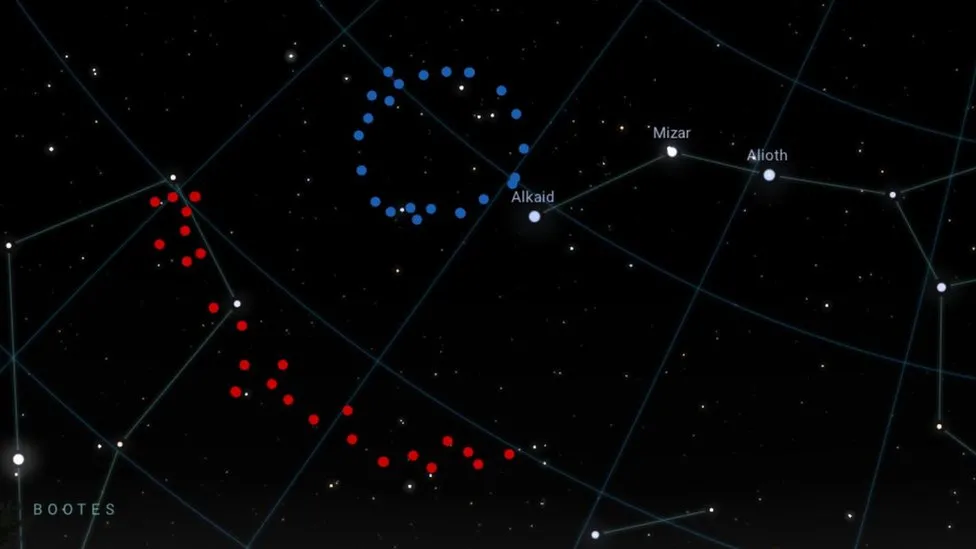kamalktk
Antediluvian
- Joined
- Feb 5, 2011
- Messages
- 7,218
‘Puzzling’ discovery spotted in new images from NASA mission’s asteroid flyby
https://www.cnn.com/2023/11/08/world/nasa-lucy-mission-dinkinesh-contact-binary-scn/index.html
Dinkinesh, a small asteroid that NASA’s Lucy mission visited last week, continues to surprise.
Lucy swung by the space rock, located in the main asteroid belt between Mars and Jupiter, on November 1 as part of a test of the spacecraft’s equipment before tackling the mission’s primary goal: surveying the swarms of Trojan asteroids around Jupiter. The flyby of Dinkinesh, which means “marvelous” in the Amharic language of Ethiopia, wasn’t even added to Lucy’s itinerary until January.
But the first views captured by Lucy’s instruments showed there was more to the shadowy asteroid than expected. At first, images suggested that the space rock was part of a binary pair, with a smaller asteroid orbiting Dinkinesh.
However, additional images taken by the spacecraft just after the flyby’s closest approach have now revealed that the smaller asteroid is actually a contact binary — two smaller space rocks that touch each other.



